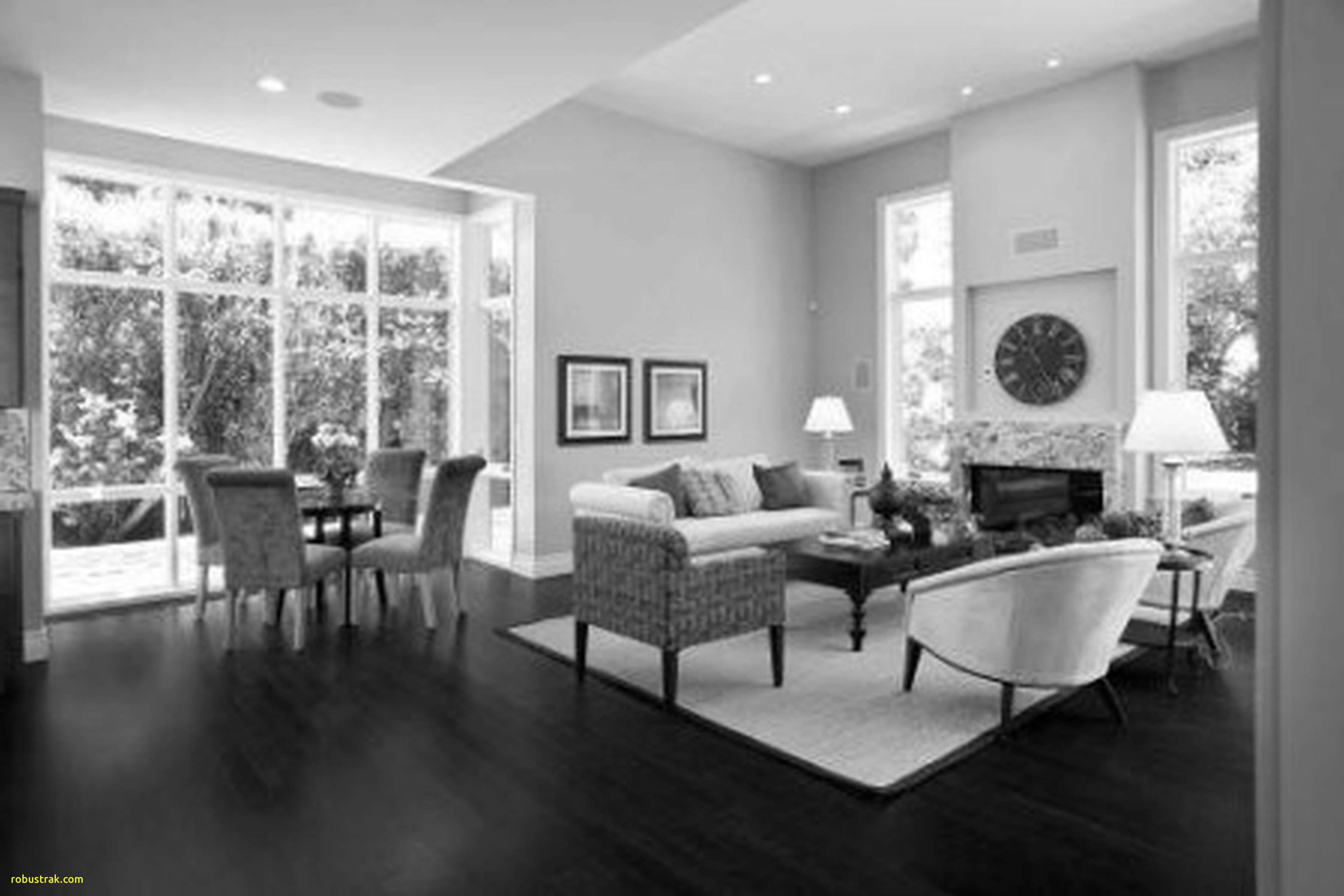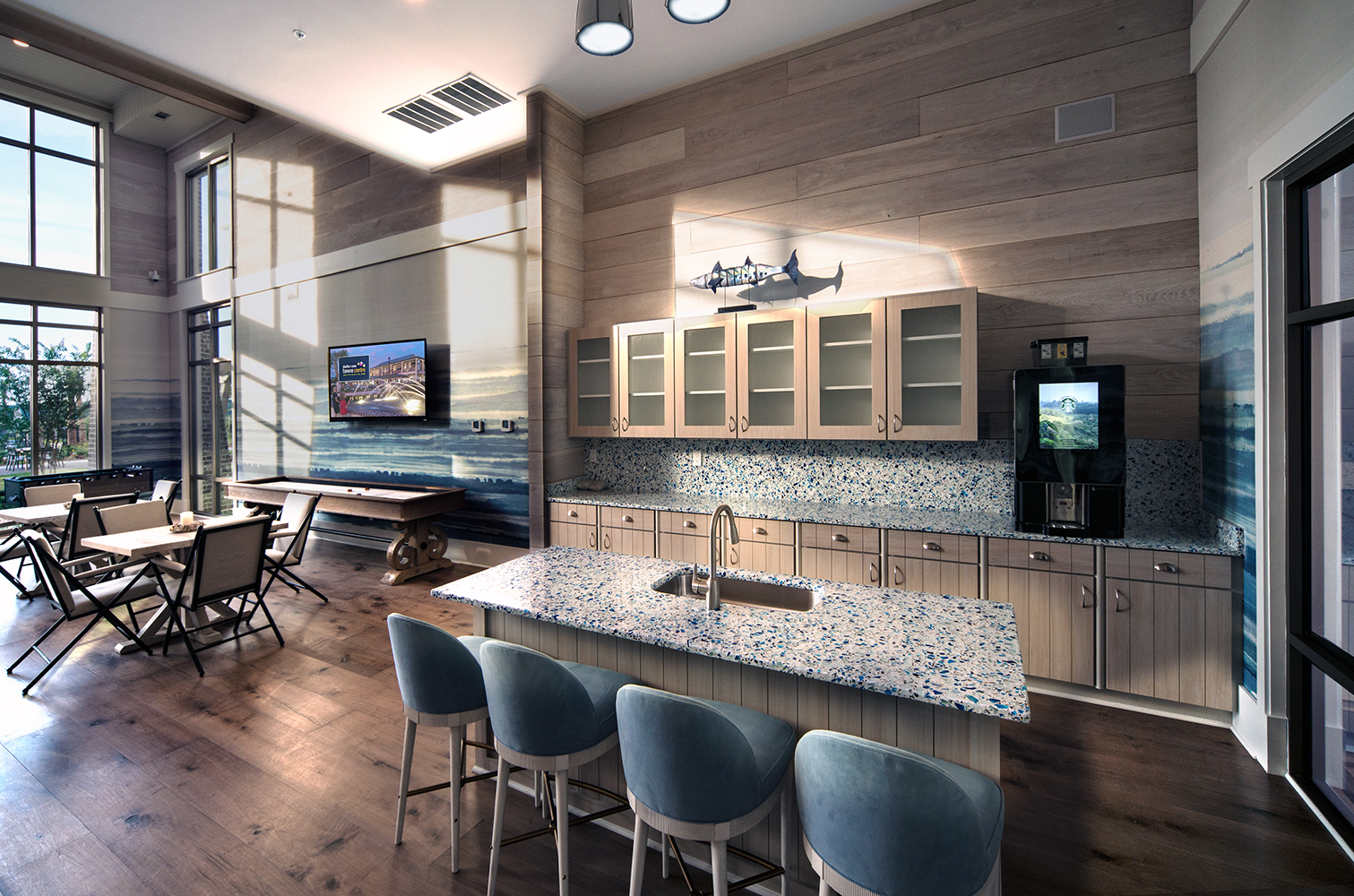Table of Content
Homeowners often come into our showroom hoping to install a matching hardwood floor to something already existing inside their homes. That is very difficult at best because no matter how close you get, the two woods are cut from different materials, were laid at different times, and ultimately take on a different color. No matter how slight it looks when you lay a plank or two together and attempt to match, once it’s in place in your home, the difference becomes even more apparent. Another advantage is that having different woods on different levels allows you to have each level match the decor differently.

Here, the simple white floorboards add texture but blend seamlessly with white ceilings, walls, and cabinetry. And they make a great blank canvas that allows mismatched dark wood mid-century chairs and a round kitchen table with sixties legs in medium-toned wood to stand out. A yellow pendant light over the dining area adds a sunny note.
Are maple floors out of style?
Though you can still make a dramatic statement with different color hardwood floors in same house layouts. After saying all that, for some homeowners, mixing hardwood flooring in different rooms is all part of the joy of planning your own interiors. Different finishes can be combined as well, such as a glossy hardwood and a matte laminate. Another option is to use a contrast in the color of the wood, instead of the type or finish. This can be achieved by using different stained woods and graining patterns, such as a light oak floor and a dark cherry.
We have expanded our kitchen that our s right next to our living room and sunroom. The flooring that I love is a dark stain hickory wood that would bump up next to a honey stain oak 2 inch plank. Choosing lighter coloured flooring to compliment your furniture can expand the perceived size of any room and can open the space right up. Think cream carpets, natural and neutral toned tiles and whitewashed wood flooring.
Matching Hardwood
This will bring out the natural tones of the dark wood and create a beautiful shine. Additionally, you can lighten up your dark floors by using a light floor paint or light-colored stain. Blending new and old hardwood floors can be a tricky task, but with a bit of preparation and patience, it is possible. Before actually installing the new flooring, you should take some time to inspect the existing floor for any loose, damaged, or warped boards. Offsetting dominant orange and red toned floors with cool whites or pale blues and greens is a fairly classic décor idea.
When laminate or engineered flooring is involved, try and match the faded tones of the existing floor to new products being installed. Gather samples with different intensities of the same color, then pair them with the existing, faded floor. Choose whichever sample is closest in color to the existing floor. These types of wood will also help to create a cozy and inviting atmosphere in the space. If you want to bring in more of a contrast and create a bit more of a dramatic look, you could also consider medium to dark woods such as black walnut, cherry, and mahogany. This will require extra work, like removing the existing finish and then staining or painting the floor.
Is it better to have carpet or hardwood floors in bedrooms?
However, there is one key design idea that seems to match lighter woods really well. If you do have different colors of wood in adjoining rooms, add a border to each room in the color of the other room's floor. This makes the contrast look deliberate and smooths the transition from one to the other. The Carpet Guys points out that if you are trying to restore or replace older hardwood floors in a home, finding a perfect color match may be impossible. Colors fade over time, and the same grain and color pattern of woods could no longer be available. So in those cases, transitioning through different color strips or other things, like rugs, that can cover up certain spots could make sense.

The only real problem with two different floorings is if you use two that are almost, but not quite the same. Homes and lifestyles changed when everyone stayed home for a year. It’s the most wonderful time of the year … Unless your flooring isn’t up for the occasion.
Should my wood floor match my cabinets?
Large rooms, or rooms with lots of natural light, do well with darker flooring. If you choose something like mahogany or Brazilian walnut, it can provide a contemporary, sophisticated feel. Again the dark Ebony stained white oak flooring here is very dominant, but it is lifted with quirky contemporary décor accessories and light fittings. It is possible to combine wood floors of two or more colors in a way that makes them look jarring and unpleasant together, or even worse, clash! If you don’t pay close attention to the way various colors and tones complement each other, then you could end up with a space that looks like it was designed by someone who doesn’t know what they’re doing. If you have several types of wood floors, they’ll require different types of cleaning and maintenance, which can be time-consuming, not to mention extra expensive!
You have to consider both the floor's color and the material. It is generally best to use flooring that can withstand the kitchen's environment. Kitchens are prone to sharp tools, moisture buildup, and heat. This can negatively affect some flooring materials more than others, despite any added protection.
Laid in a wide-scale contemporary interpretation on a herringbone pattern, the inconsistent tones of the flooring add texture and character to the room and complement the white painted ceiling beams. A mustard yellow sectional with mid-century lines lifts the mood. For one thing, you may use different color wood floors in same house layouts to ‘zone’ your home.

If you notice the photo above they have colors on walls and furniture the pickup the darker shade which in turn harmonizes the space and bring all the colors together. Love bamboo, but be careful with type of bamboo and where it is finished because exotic wood can be high maintenance if temperature in the house isn't regulated, it can work to your disadvantage in upkeep. Some homeowners choose lighter hardwood for downstairs rooms as they are communal spaces where guests spend most of their time. If you decorate one floor of your home before the other, it’s sometimes easy to end up with clashing colors! For example, what if you run out of hardwood before heading upstairs?

No comments:
Post a Comment